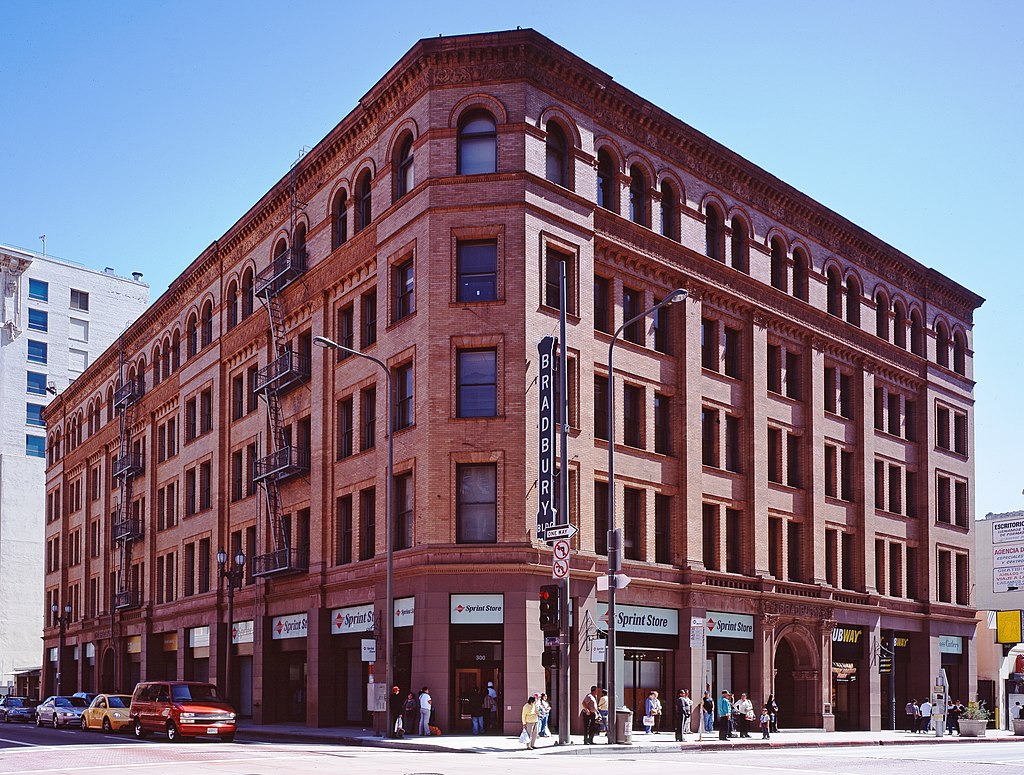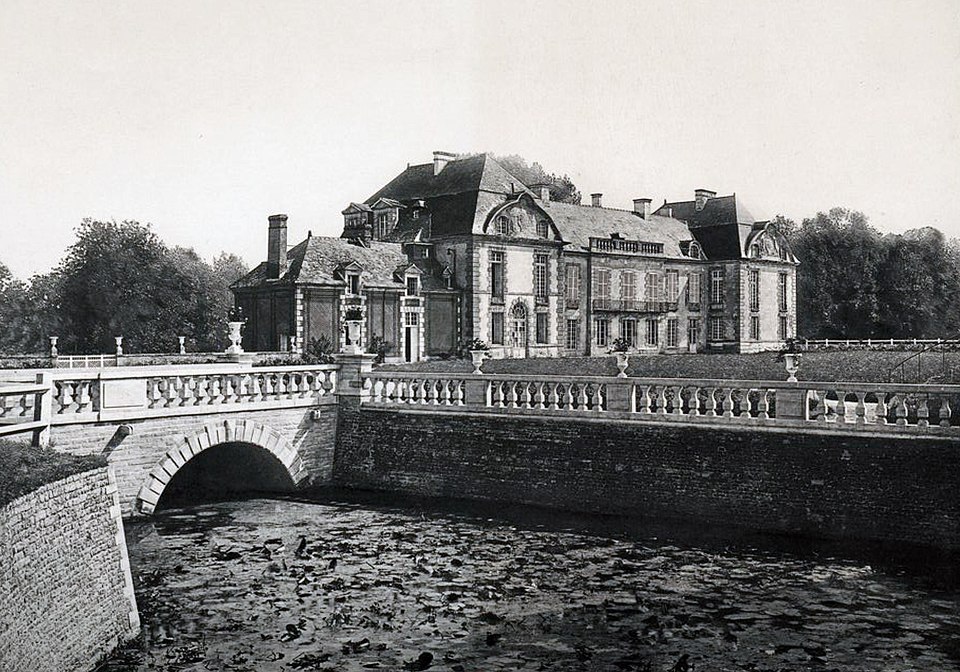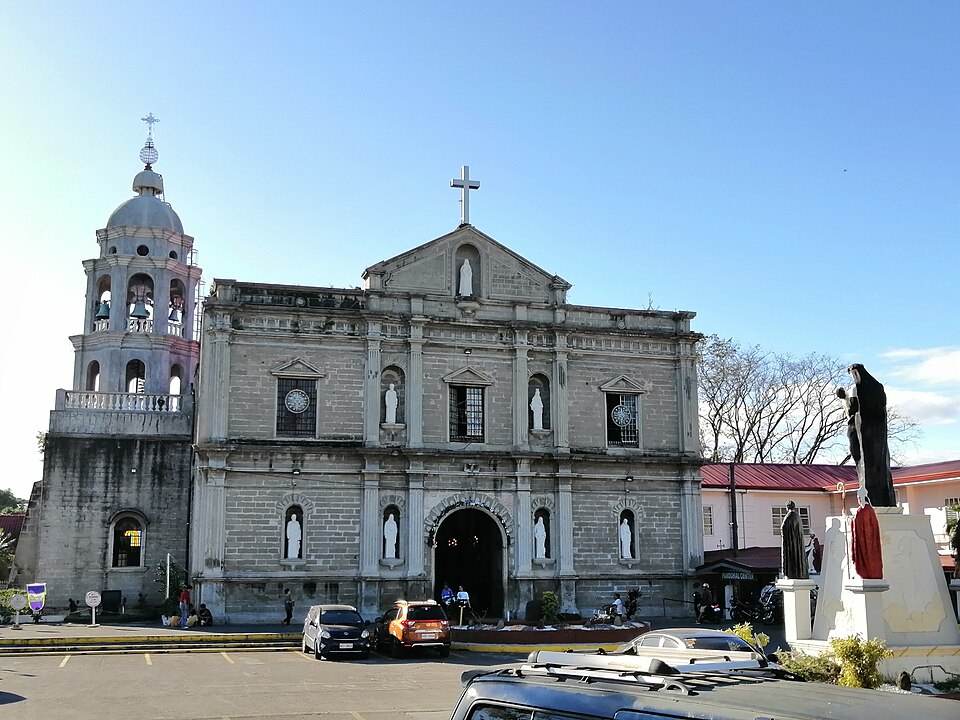Funding the Retrofit of Historic Buildings with a Focus on Safety
Built heritage conservation is not only about the aesthetic and historical preservation of buildings, but increasingly includes the need to adapt them to contemporary standards, especially with regard to safety and accessibility. This is crucial to ensure their survival and use over time, allowing them to continue to play an active role in communities. Several countries and institutions have developed funding programs to support these interventions, recognizing the intrinsic value and socio-economic potential of historic heritage.

A recent example is the Historic Preservation or Adaptive Reuse Grant Program established in the City of Geneva (NY). Approved by the Geneva City Council, this program has an initial budget of $40,000 for the 2026 fiscal year. It is intended as a continuation of the previous grant program funded through the American Rescue Plan Act (ARPA), whose funds were allocated by the city to support the response and recovery from the COVID-19 pandemic.
The Geneva program aims to provide funding to owners of historic buildings for a variety of essential interventions. These include utility upgrades, fire prevention, accessibility improvements (including ADA retrofits), and interior improvements. The goal is to elevate the built environment through exterior preservation and renovation projects, as well as upgrades needed to support today’s most intensive uses. The program also aims to support the creation of new uses for older structures and improve the economic vitality of the city. Unlike the previous ARPA program, there are no hard and fast timeframes for the use of the funds, a flexibility designed to accommodate varying project timelines. The program’s success will be evaluated annually along with the budget.
We have found other funding programs in different geographic areas around the world that have a focus on improving the safety of historic buildings.
In the United States:
- The New York Landmarks Conservancy, a non-profit organization in the state of New York, offers technical and financial assistance, including low-interest loans through its “Historic Properties Fund”, for structural work and restoration on historic buildings.
- The Historic Preservation Fund (HPF), administered by the National Park Service, is one of the main federal tools for the protection of historic heritage. Funded by federal energy royalties, it supports conservation, compatible reuse, seismic retrofitting and safety. It provides annual grants to states and tribes, competitive calls for the restoration of at-risk buildings, and technical assistance. It is notable for its decades-long continuity.
In the European Union:
- European Union programs such as Horizon Europe / Creative Europe support projects on thematic calls that concern innovation, cultural heritage and climate resilience through transnational partnerships.
In the United Kingdom:
- The Architectural Heritage Fund (AHF) is a charity that promotes the conservation and reuse of historic buildings by providing advice, grants and loans to non-profit organizations, with a focus on economically disadvantaged areas.
In Italy:
- The PNRR (national recovery and resilience plan)– Investment 2.4 “Seismic safety in places of worship” allocates 800 million euros for interventions of seismic safety and restoration of religious buildings and cultural heritage, with the aim of reducing seismic risk and returning monuments to the communities.
- The SOS Patrimonio (SOS Heritage) Call offers non-repayable grants up to 150,000 euros (covering up to 80% of costs) for interventions of safety, structural improvement and restoration of historical-architectural assets.
- The CRT Foundation – “Restauri – Cantieri Diffusi (Restorations – Widespread Construction Sites)” Call, aimed at the Municipalities of Piedmont and Valle d’Aosta, finances the recovery of movable and immovable assets of significant historical-cultural value, promoting their knowledge and use.
- In general, the Italian programs managed by the Ministry of Culture, Regions and Banking Foundations include safety, restoration, enhancement and reuse, drawing on European funds (PNRR) and national resources.
Conclusion
These examples, while not exhaustive at a global level, illustrate how different entities, from local governments to federal funds and non-profit organizations, recognize the need to financially support the conservation and adaptation of historic buildings, often including crucial measures for safety and accessibility
The conservation of historic buildings in post-conflict contexts requires the adoption of specific tools aimed at ensuring their safety and sustainability of use. Interventions that integrate structural and functional adaptation measures, while respecting historical and architectural values, represent an essential element for the reconstruction of the social and urban fabric. The inclusion of such objectives in recovery and development programs can significantly contribute to the cultural resilience of communities and the continuity of material heritage.





